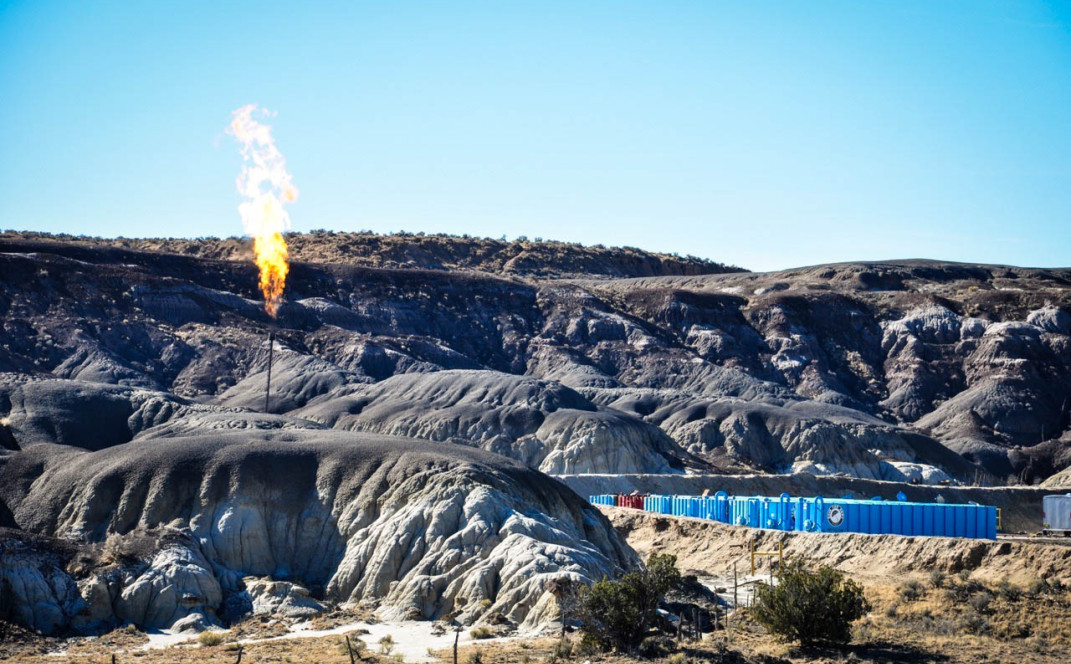Colorado experienced the three largest wildfires in recorded history, two of which burned across high mountain forests in October, a month normally reserved for the onset of winter snows.
Our rivers last year set records for low flows, and the timing of spring runoff starts earlier and earlier.
Thus, for many it’s a relief to see our national government once again rolling up its sleeves to tackle climate change, reinjecting science into federal decision-making and re-engaging with the world’s leaders to advance action to moderate greenhouse gas emissions.
Colorado recently documented our three biggest sources of greenhouse gas emissions as coal-fired electricity plants, fugitive methane emissions from oil and gas facilities, and automobiles. While coordinated national action would be welcome, in recent years we’ve seen rapid results on reducing these greenhouse gas emissions from state leadership and from private industry.
The governors and legislatures of both Colorado and New Mexico have enacted climate policies aimed at achieving significant reductions in fossil fuel pollutants that contribute to our changing global climate. Given the recent absence of federal leadership, state agencies have undertaken rewriting rules that affect carbon dioxide pollution from coal-fired power plants and methane emissions from the oil and gas industry.
Colorado is a leader in regulating methane pollution from oil and gas production facilities. Colorado’s air quality regulators approved rules in 2019 that directed oil and gas companies to aggressively find and repair methane leaks. On deck are rules to reduce emissions from pneumatic controllers, devices ubiquitous throughout oil and gas fields.
New Mexico is similarly advancing methane rules aimed at limiting pollution from the nation’s largest petroleum field in the Permian Basin.
But it’s not just regulators passing rules to limit pollution, the private marketplace is transforming more rapidly than anyone might have imagined.
State goals to achieve large reductions in carbon emissions, like the oft-cited 80% reduction in carbon dioxide by 2030, set the stage, but utilities found the plunging prices for renewable energy from solar and wind too enticing to delay.
Hence, Xcel in Colorado hastened closures of its coal fleet, Public Service Company of New Mexico accelerated retirement of San Juan Generating Station in Farmington to 2022 and Tri-State Generation and Transmission quickly pulled the plug on coal plants at Nucla and Prewitt, New Mexico. Utility executives describe the financial benefits of shifting from expensive coal to cheaper renewables as a green dividend.
Consumers and auto manufacturers have rapidly embraced electric vehicles at a pace few would have predicted. Electric vehicles promise to seriously dent emissions from the fossil-fuel combusting automobile sector.
Entrepreneurs like Tesla have captured the public’s imagination, and are Wall Street darlings in anticipation of an electric vehicle dominated future. When even a staid auto manufacturer like General Motors announces to great fanfare its intention to go all electric in just 15 years, you know the revolution is upon us.
Together, it’s a potent one-two punch. State leaders implementing policies that dictate pollution reductions, while private capital and consumers gallop toward clean energy solutions.
It would be wonderful to rely on federal leadership, and perhaps once again we will be inspired by the words and actions of our national government. It certainly makes more sense for uniform national rules around methane pollution or national automobile fuel efficiency standards rather than a state-by-state patchwork.
But in a time of urgency, one pursues progress where possible. And in recent years, leadership on climate change has devolved to governors and state legislators, utility commissions and executives, consumers and manufacturers.




